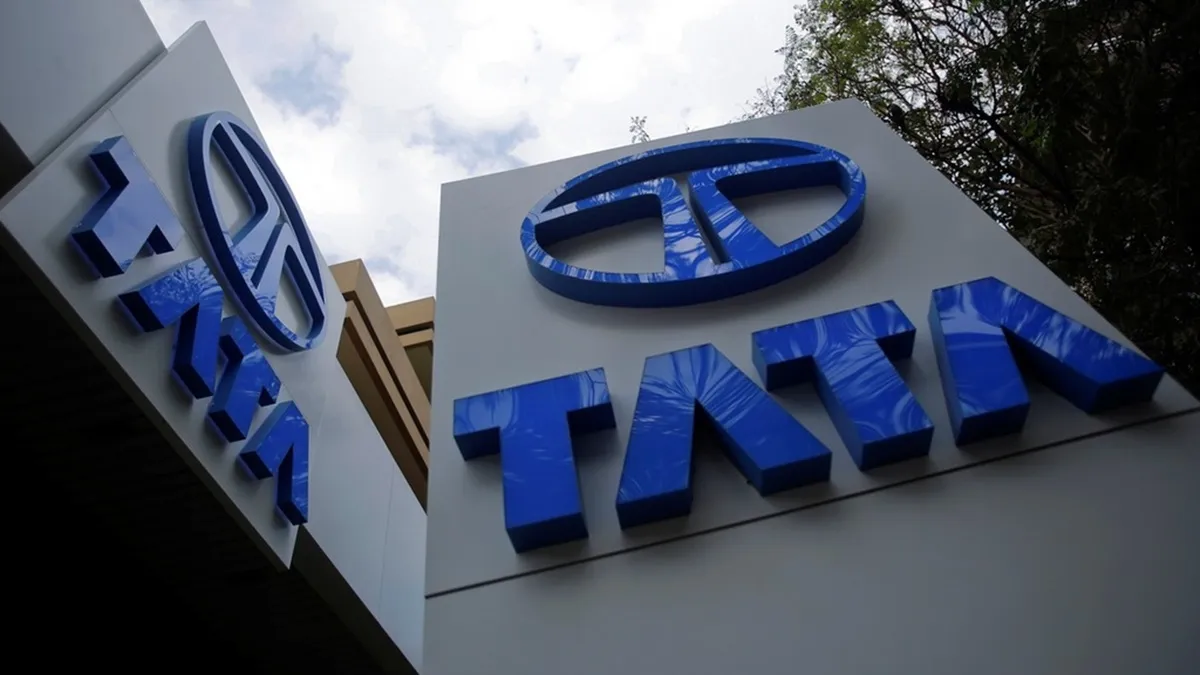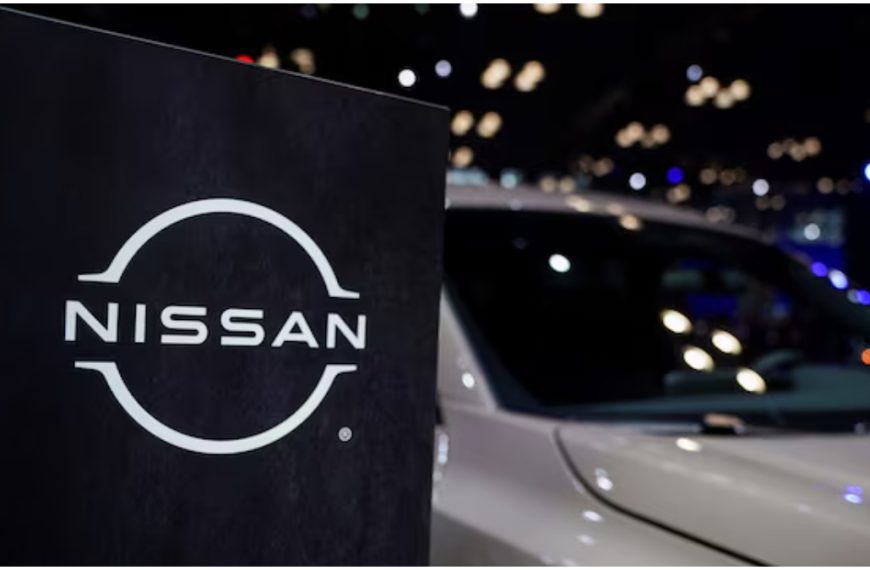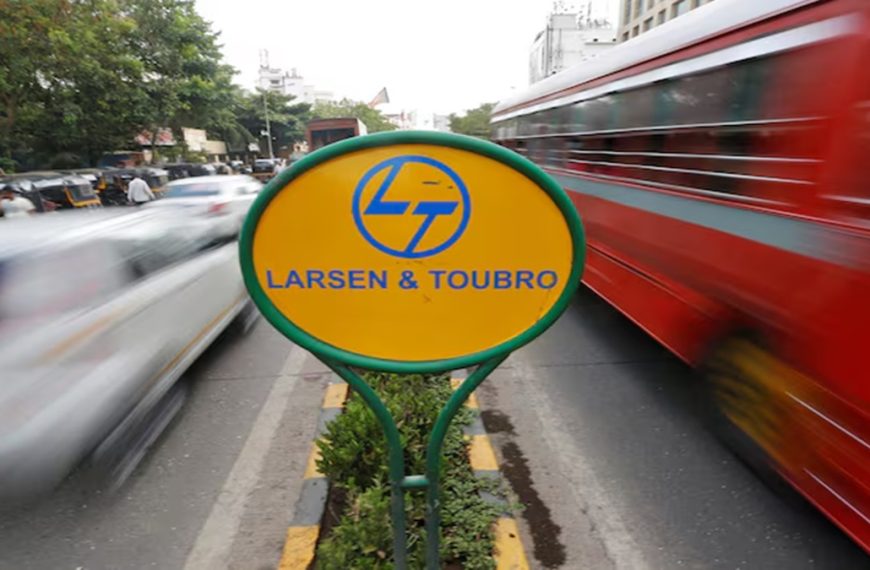Tata Motors has recently unveiled its financial performance for the quarter, showcasing a robust net profit of Rs 17,673 crore, which marks a significant comparison to the same timeframe last year. Notably, last year’s figures included a Rs 9,538 crore boost from a deferred tax write-back, illustrating the impact of accounting adjustments on profit levels.
Solid Earnings Performance
In terms of operational efficiency, the company’s Earnings Before Interest, Tax, Depreciation, and Amortization (EBITDA) reached Rs 16,818 crore, reflecting a modest 1% year-on-year growth. This figure surpassed market expectations, which had estimated an EBITDA of Rs 16,308 crore. The EBITDA margin remained stable at 14.1%, indicating consistent profitability compared to the previous year.
Strategic Insights from Leadership
PB Balaji, the Group Chief Financial Officer at Tata Motors, provided insights into the company’s financial strategy. He emphasized that the automotive division is now debt-free, which significantly lowers interest expenses. Looking ahead, Tata Motors plans to maintain its capital expenditure for FY26 at a level similar to FY25, which includes an investment of Rs 8,400 crore and $3.8 billion in Jaguar Land Rover (JLR).
JLR’s Success Continues
Jaguar Land Rover has reported its tenth consecutive quarter of profitability, with wholesale volumes increasing to 111,400 units, a slight 1% year-on-year rise. Although the UK market remained stable, JLR experienced a nearly 30% decline in volumes in China (excluding CJLR). Conversely, North America, JLR’s largest market, saw a healthy growth of 14%.
Impact of Trade Agreements
Tata Motors also highlighted the potential positive influence of the recent trade agreements between the UK, India, and the U.S. on JLR’s operations, though they await further details before making any significant changes. The company’s facility in Chennai, which is designated for producing JLR vehicles, is still in the planning stages for future development.
Navigating Challenges
Balaji acknowledged that current global tariffs and geopolitical tensions create a challenging operating environment. Nevertheless, he expressed confidence in the resilience of both the global premium luxury segment and the domestic Indian market, anticipating that these sectors will endure the ongoing challenges more effectively.
Commercial Vehicle Division Performance
In the commercial vehicle segment, where Tata Motors holds a leading market position, there was a 3% year-on-year decline in volumes, totaling 107,600 units for the quarter. This downturn resulted in a revenue decrease of nearly 1% year-on-year, bringing in Rs 21,500 crore. However, the EBITDA margin improved by 20 basis points, reaching 12.2%.
Passenger Vehicle Sector Overview
The passenger vehicle division faced a 6% year-on-year drop in global wholesales, totaling 147,000 units, leading to a 13% revenue decline to Rs 12,500 crore. Despite these challenges, the EBITDA margin saw an increase of 60 basis points, settling at 7.9%.
With a strategic focus on growth and operational efficiency, Tata Motors is poised to navigate the complexities of the automotive market while continuing to deliver value to its stakeholders.











